في ظل الاهتمام المتزايد بسلامة الغذاء في يومنا هذا، فإن أواني الطهي باعتبارها ملامسة مباشرة للطعام لها تأثير مباشر على الصحة بسبب سلامتها المادية. ولكن عند مواجهة المصطلحات المهنية مثل "304 من الفولاذ المقاوم للصدأ"، و"شهادة GB9684"، و"درجة الطعام", غالبًا ما يشعر المستهلكون بالحيرة. وسواء كنت مُصنِّعًا أو موزعًا أو مشتريًا لمستلزمات المطبخ سواء كنت مُصنِّعًا أو موزعًا أو مشتريًا للعلامة التجارية لمستلزمات المطبخ، فإن فهم شهادة درجة الغذاء لأدوات الطهي والامتثال لها ليس فقط وسيلة لتلبية المتطلبات التنظيمية، بل أيضًا أساسًا لكسب ثقة المستهلك. في هذه المقالة, سيقدم تشانسيسكوك إرشادات إرشادات خاصة بالمواد الغذائية شهادة أواني الطهي.
جدول المحتويات
تبديلما هي أواني الطهي المخصصة للطعام؟ ما أهمية المصادقة؟
أواني طهي من الدرجة الغذائية يشير إلى أدوات المطبخ التي تفي بالمعايير الإلزامية الوطنية ولا عدم هجرة المواد الضارة أثناء ملامسة الطعام. ويكمن جوهرها في التحكم في ترسيب المعادن الثقيلة (الرصاص والكادميوم والكروم والنيكل) والمواد الكيميائية (مثل الملدنات والأمينات العطرية). عندما تتلامس أواني الطهي منخفضة الجودة مع درجات الحرارة العالية أو الطعام الحمضي، قد تذوب المواد الضارة وتتراكم بمرور الوقت، مما يشكل خطرًا على الصحة.
حالة حقيقية: في عام 2023، وجدت دراسة أسترالية أنه في حالة ظهور تشققات على سطح أواني الطهي المطلية بمادة PTFE، يمكن أن يؤدي الاستخدام الواحد إلى إطلاق حوالي 9100 جسيم بلاستيكي قد يدخل منها (المواد الكيميائية الدائمة) إلى السلسلة الغذائية
مقارنة معايير الاعتماد الدولية السائدة
شهادة هيئة الغذاء والدواء الأمريكية في الولايات المتحدة
تدار بموجب اللوائح 21 CFR 170-186
لا نزال نتمسك بموقف الترخيص تجاه طلاءات PTFE، ولكننا نطالب بحظر مادة PFOA (المواد المسرطنة)

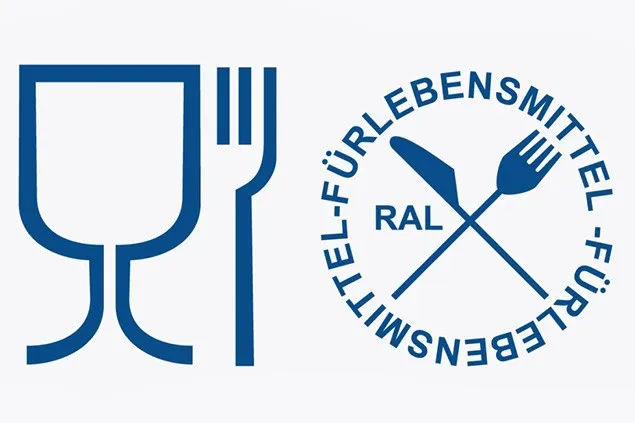
شهادة LFGB الألمانية
واحدة من أكثر المعايير صرامة في الاتحاد الأوروبي، والتي تتطلب:
الاختبار الحسي (النقل بدون رائحة)
ترسيب المعادن الثقيلة (مثل الرصاص والكادميوم)
اختبار خاص لمواد معينة (مثل اختبار بلاستيك الكمبيوتر الشخصي للكشف عن ثنائي الفينول أ)
إرشادات سلامة المواد الشائعة
أواني طهي من الفولاذ المقاوم للصدأ
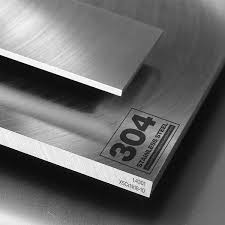
تحديد الهوية المزدوجة:
موسوم بعلامة "فولاذ "GB9684 ″+"304/316" من فئة الطعام (فقط الموسوم بـ 304 ≠ درجة الطعام!) 110
الفرق بين 304 و316:
304 (18% كروم + 8% نيكل): يلبي متطلبات مقاومة التآكل اليومية
316 (مع إضافة الموليبدينوم 2%): أكثر مقاومة للتآكل الملحي، ومناسب لحمل الأطعمة عالية الملح
أواني طهي مطلية بطبقة مانعة للالتصاق
التركيز على الجدل: PFAS (المواد الكيميائية الدائمة)
سنّت ولايتا نيويورك ومينيسوتا وولايات أخرى تشريعات لحظر بيع أواني الطهي المصنوعة من السلفونات المشبعة بالفلور أوكتين (يسري مفعولها من 2025 إلى 2028)
اقتراح الشراء:
تجنب الخدش، واستبدله على الفور في حالة تلفه
اختر علامة تجارية معتمدة خالية من السلفونات المشبعة بالفلور أوكتين (مثل طلاء السيراميك)
أواني طهي بلاستيكية/سيليكون
يجب توسيم المواد البلاستيكية القائمة على النشا بالمحتوى
يجب اختبار هجرة الأمينات العطرية للمنتجات التي تحتوي على أصباغ الآزو
الخلاصة: الاعتماد هو المفتاح لدخول السوق العالمية بنجاح
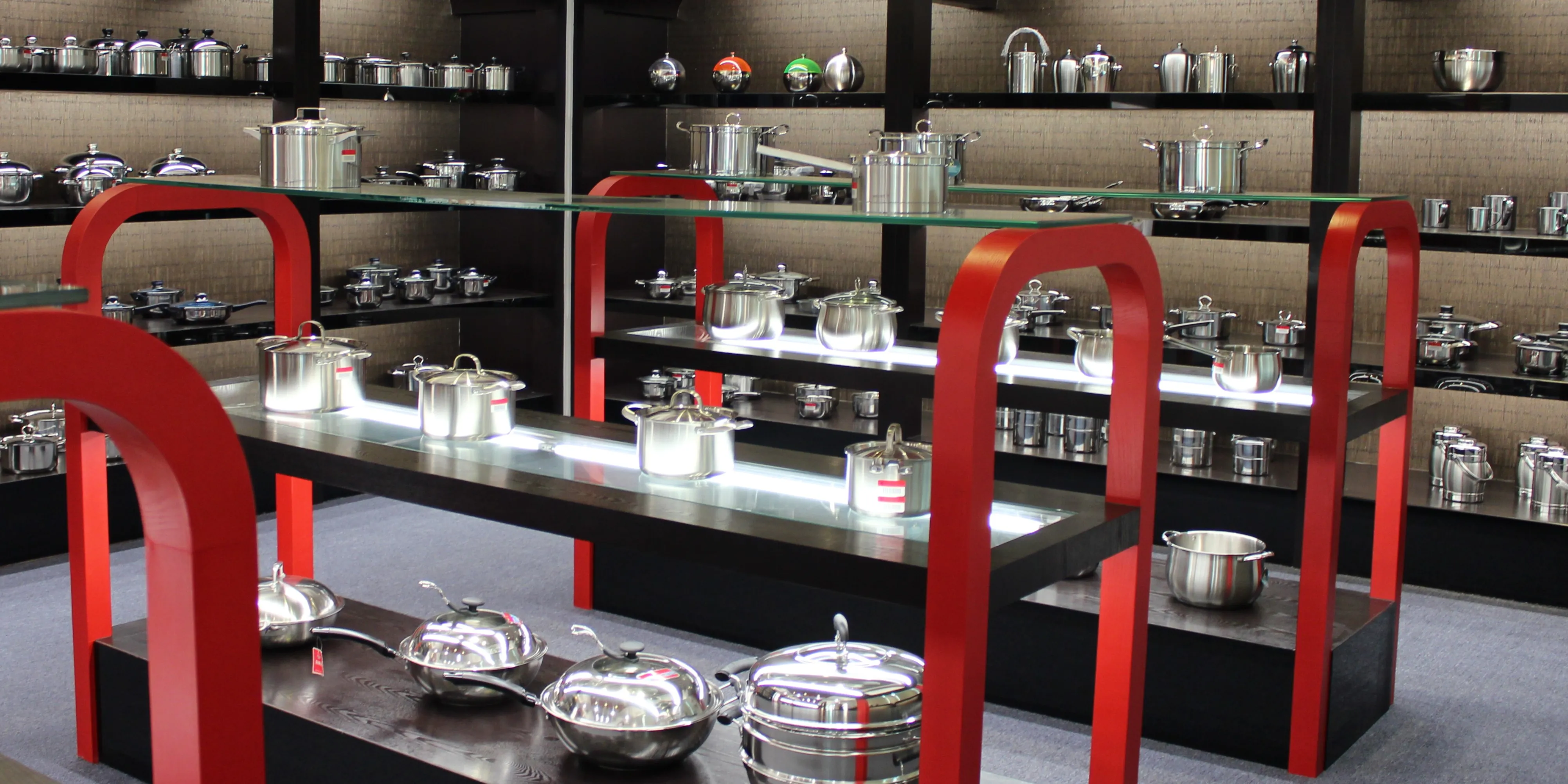
لا تُعد شهادة درجة الغذاء مجرد اعتبار تقني؛ فهي ضرورية لسلامة المنتج والموافقة التنظيمية وقيمة العلامة التجارية على المدى الطويل. سواءً كنت تبيع أواني الفولاذ المقاوم للصدأ أو الأواني غير اللاصقة أو أواني الطهي الخزفية، يمكن للشهادة أن تلبي احتياجات المشترين والمستخدمين النهائيين.
إذا كنت تبحث عن شركة مصنعة لأواني الطهي تتمتع بقدرات قوية في مجال تصنيع أواني الطهي مع قدرات قوية في مجال اعتماد المواد الغذائية، ودعم شامل للاختبارات، و الخبرة العالمية في توريد المعدات الأصلية/التصنيع حسب الطلب, يرجى الاتصال بنا. تشانسيسكوك ملتزمون بضمان أن تكون أواني الطهي الخاصة بك ليست آمنة وموثوقة فحسب، بل قادرة على المنافسة في السوق العالمية.

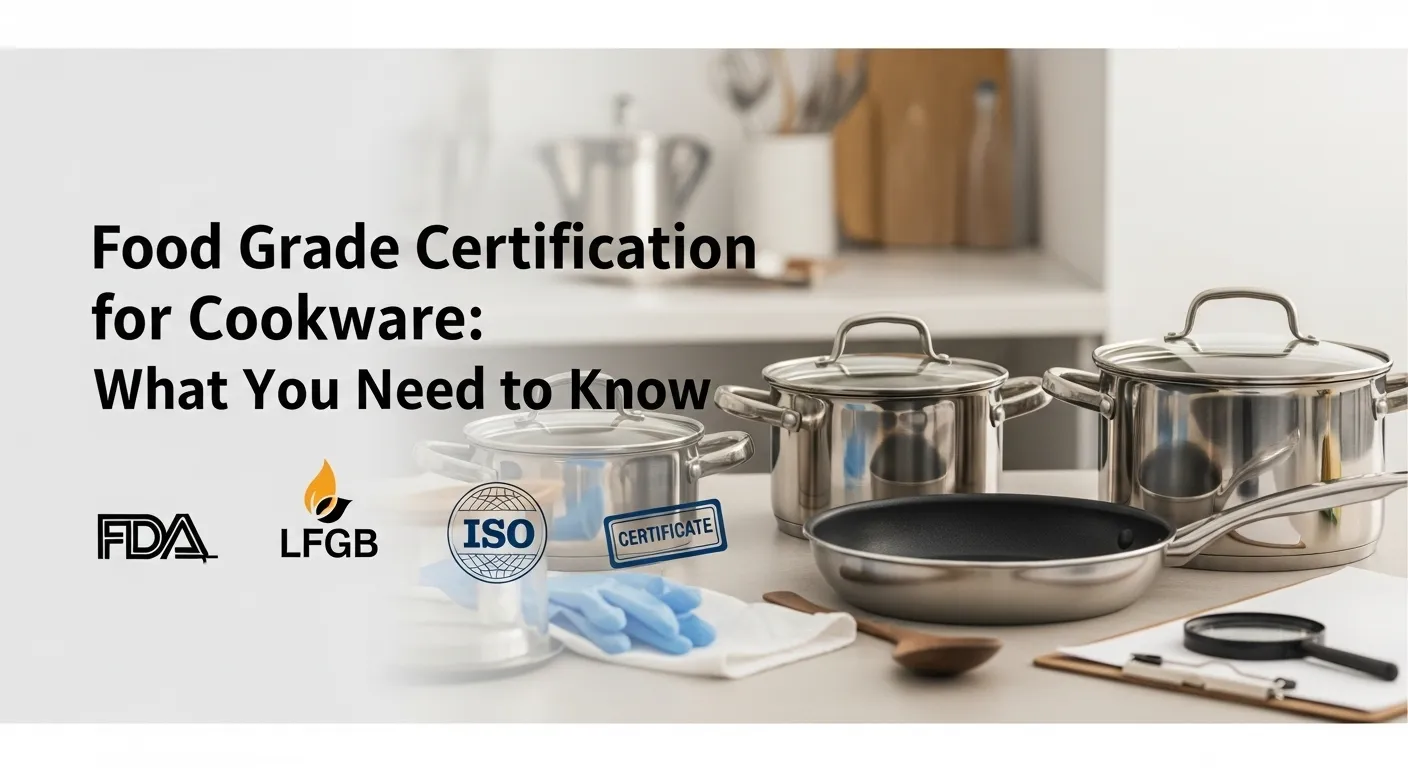
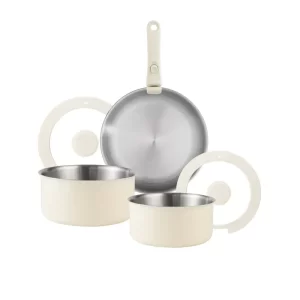
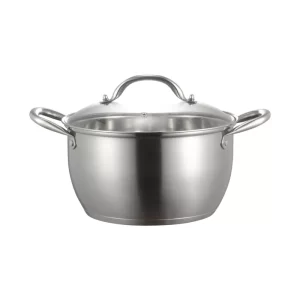
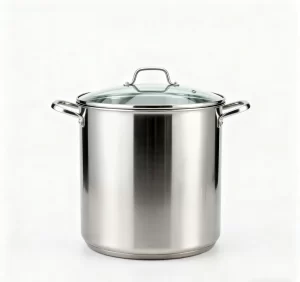
-300x282.webp)